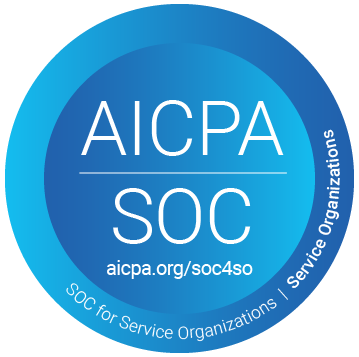Captive Insurance vs. Self-Insurance
Because many companies do not know the details of captive insurance and self-insurance, many decide to go with a traditional insurance plan. While all three are great ways to cover your organization for losses, captive insurance and self-insurance can help save money. It is important to understand all your options for insurance so let us investigate the differences between self and captive insurance.
What is a Captive Insurance Program?
It helps to review the definition of captive insurance to better understand what a captive insurance program is. A captive is an insurance company created, owned, and operated by its stakeholders. The people in charge of the captive are the ones who benefit from its insurance coverage. Most of the time, captives include many small to medium organizations of equal size, but it is not uncommon for a captive to include just one company.
To have enough capital to pay for large losses, captive insurance companies purchase reinsurance. This is a type of “insurance for insurance companies.” When a captive operates on reinsurance, the insureds in the captive do not hold insurance policies. Instead, the captive makes a claim on its own insurance policy when one of its insureds suffers a loss.
Captive insurance companies are not a recent occurrence. They have been around since 1953 when the first captive insurance program, Steel Insurance Company of America began operations. Since then, the number of captives in America has grown to 3,102 in 2020.
What is Self-Insurance?
Self-insurance is another form of coverage where there is no insurance policy issued to the insureds. According to IRMI, the International Risk Management Institute, self-insurance is “a system whereby a firm sets aside an amount of its monies to provide for any losses that occur – losses that could ordinarily be covered under an insurance program.” When an organization takes part in self-insurance, it does not hold an official insurance policy. Instead, it takes on the liability for the risks it chooses to self-insure. For example, when an organization decides to self-insure their employee’s medical insurance, there is no third-party company paying for these claims. When an employee makes a medical claim, the company pays out of pocket for it.
The largest benefit to self-insurance is not having to pay an insurance premium to a provider. If you have the capital to fund claims and the data shows that claims each year cost less than an insurance premium, this may be a good option for your organization.
Captive Insurance is Self-Insurance
Captive insurance is a form of self-insurance. This is because those who are insured by a captive are also the owners and operators of the firm. Similarly, the owner of a self-insurance policy funds their own claims. With both captive and self-insurance, the insurance owner takes on the financial risks of coverage. If an owner does not mitigate these risks, they could be financially ruined.
Both self-insurance and captive insurance allow insurance customization for specific needs. This includes options such as:
- What coverage is available for employees.
- The amount of money set aside for claims.
The Difference Between Captive & Self-Insurance
The main difference to note between self-insurance and captive insurance is how each is set up. With self-insurance, the owner sets up a type of savings account where they save money to use when claims arise. Captive insurance, on the other hand, is more formal because it is a small insurance company.
Captives are more secure because they have assurances against losses as opposed to self-insureds who have a limited amount of money set aside. For example, an employer who self-insures their company’s health plan has no way to ensure they will have enough to cover claims. Captives have more incentives and risk management opportunities than self-insurance programs do because they insure themselves against claims that may arise.
Understanding captive and self-insurance is important because an organization looking at these options needs to know how much risk they can undertake and how prepared they are to handle claims. At the base of every successful self or captive insurance program is a strong risk management plan.
To learn more about insurance options and creating an effective risk management plan for your organization, visit the SmartCompliance blog.


